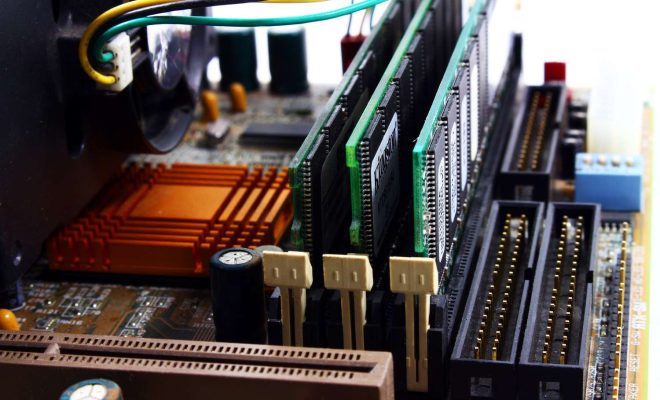Why There Are Only 13 DNS Root Name Servers

The Domain Name System (DNS) is a critical component of the internet infrastructure that enables users to access websites using human-readable domain names like google.com instead of having to memorize numerical IP addresses like 216.58.194.174. The DNS is built on a hierarchical structure that allows it to efficiently translate domain names into IP addresses by delegating the responsibility of managing different parts of the system to different entities. At the top of the DNS hierarchy are the thirteen DNS root name servers that play a crucial role in the functioning of the entire system.
The DNS root name servers are a set of thirteen servers that are responsible for the root zone of the DNS. The root zone is the top-level domain of the DNS, which includes single-letter country codes like .us, .uk, .jp, as well as the generic top-level domains (gTLDs) like .com, .org, .net, and .info. The root name servers store and distribute the root zone file, which contains information about each of the TLDs and their associated authoritative name servers.
One might wonder why there are only thirteen DNS root name servers instead of more or fewer. The answer lies in the technical and administrative challenges of managing a distributed system like the DNS. The root name servers are located in different parts of the world and operated by different organizations, some of which are non-profit and some are for-profit entities. Each root name server is assigned a unique IP address and domain name, and they are all synchronized to ensure that they provide consistent responses to DNS queries.
The reason why there are only thirteen root name servers is that this number has been determined to be the optimal configuration that provides the necessary resilience, redundancy, and stability to the DNS. Any more or less than thirteen could introduce unnecessary complexity, increase the risk of outages, and make it more difficult to coordinate updates to the root zone file. Furthermore, adding more root name servers would not necessarily improve the speed or reliability of the DNS, as the bottleneck is often the network infrastructure between the user and the DNS resolver.
In conclusion, the thirteen DNS root name servers are a critical part of the internet infrastructure that enables the functioning of the DNS system. The number thirteen has been determined to be the optimal configuration that provides the necessary resilience, redundancy, and stability to the DNS. While it may seem like a small number, it is a testament to the technical and administrative challenges of managing a distributed system like the DNS. As the internet continues to grow and evolve, it is likely that the DNS will continue to be a crucial component, and the thirteen root name servers will continue to play an essential role in its functioning.






